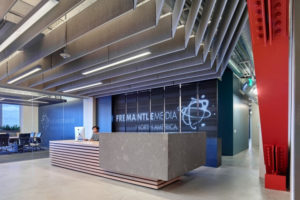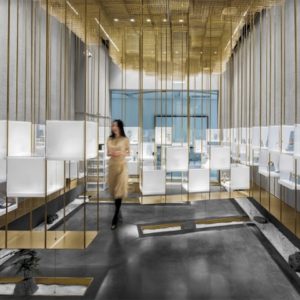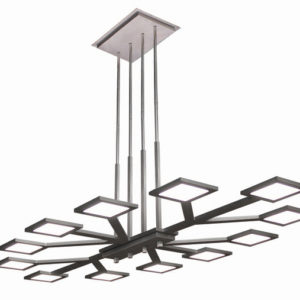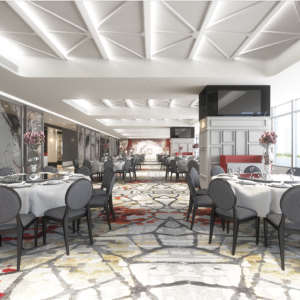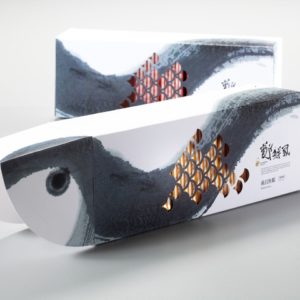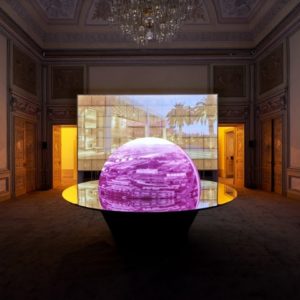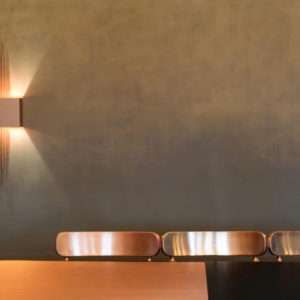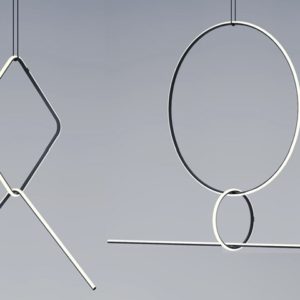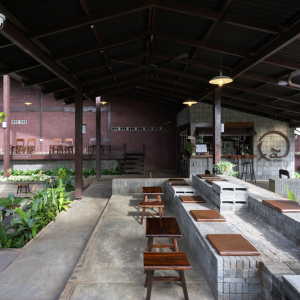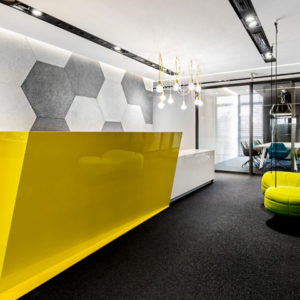
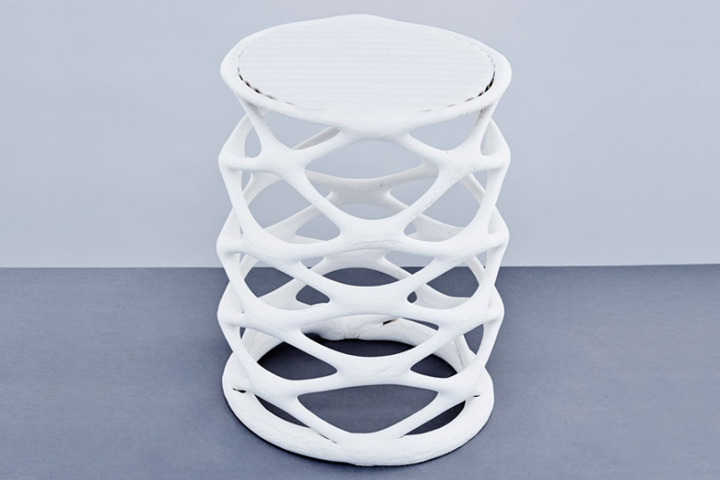

Graduate shows 2015: two Royal College of Art graduates have made a series of stools by running an electric current through wires embedded in waste nylon powder from 3D printing (+ slideshow).
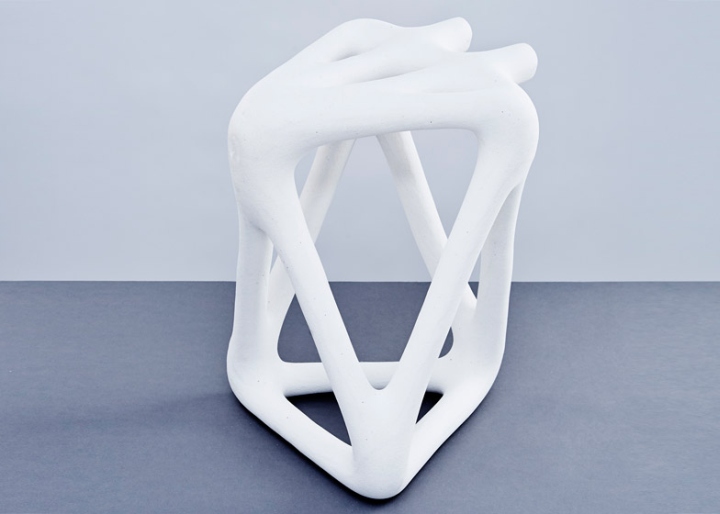
Seongil Choi and Fabio Hendry – collectively known as Studio Ilio – worked together on the Hot Wire Extensions project, which uses a simple process to create solid objects. The process starts by building a shape from thin wire made from nichrome – an alloy of nickel, chromium and other metals – that fits within the dimensions of a cuboid container. The wire form is placed inside the box, which is then filled with a mixture of pure silica sand and leftover nylon powder collected as waste from selective laser sintering (SLS) – a form of 3D printing.
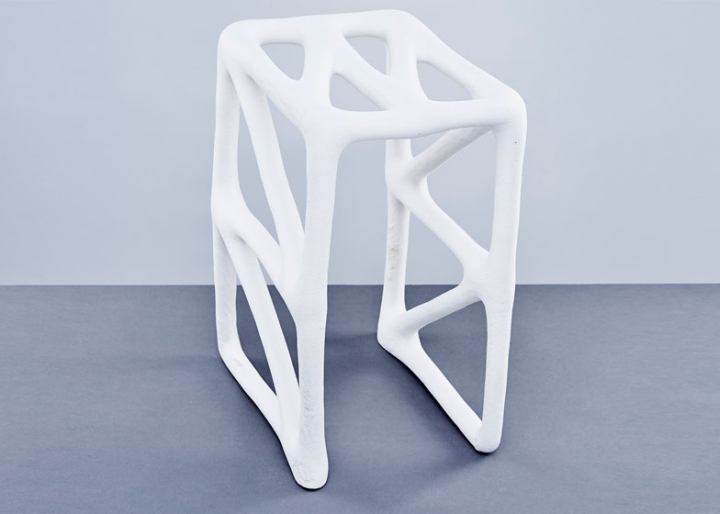
“Whenever you print an object [using SLS], half of the volume of the material turns into waste and there are not viable techniques on the market to recycle this material,” said Hendry. A battery connected to the ends of the wire sends an electric current of between 10 and 120 volts through the resistant metal, heating it to temperatures of up to 500 degrees Celsius. This heat causes the powder mixture close to the wires to melt and fuse together into a solid material.

“You do a sketch with the wire and then transform it into a strong structure – growing the material around the sketch,” said Hendry. “[The final shape] depends on how close the wires are together and on how you construct it.”
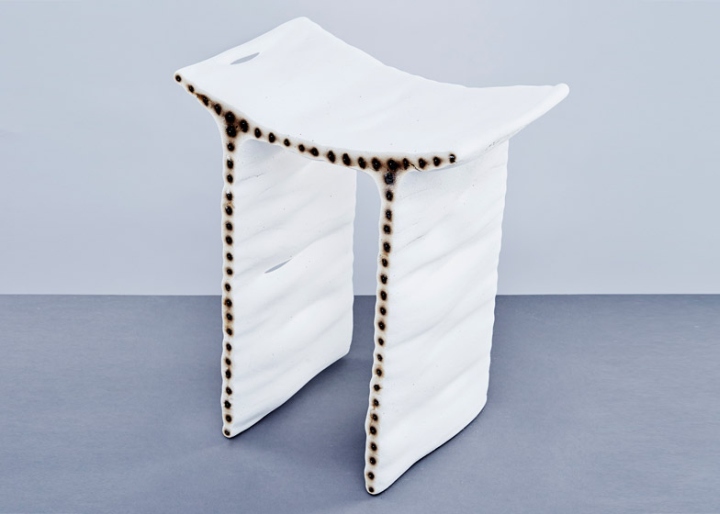
To demonstrate the technique, the designers created 12 shapes that were used to make a set of stools. Woven lattices, solid sections and thin legs were all created with various arrangements of wires. Other samples they formed during experiments with the process include a cylinder that could be used as a vase and containers for storing small objects. The longer the battery is left connected, the wider the girth of fused material around the wire becomes.

Most of the duo’s samples were created in 20 to 30 minute stints, while diameters of up to 10 centimetres were achieved by leaving the electricity running through for an hour. The designers are proposing the technique as a way to reuse the nylon powder, which is often left over in vast quantities after SLS printing. “For the project we got over a tonne of waste materials just for free and there’s lots more available,” said Hendry. “It’s quite interesting to show the possibilities of how to use this waste.”

Choi and Hendry studied on the RCA’s Design Products course and are presenting the Hot Wire Extensions project at the institution’s Show RCA 2015 graduate exhibition, which runs until 5 July.
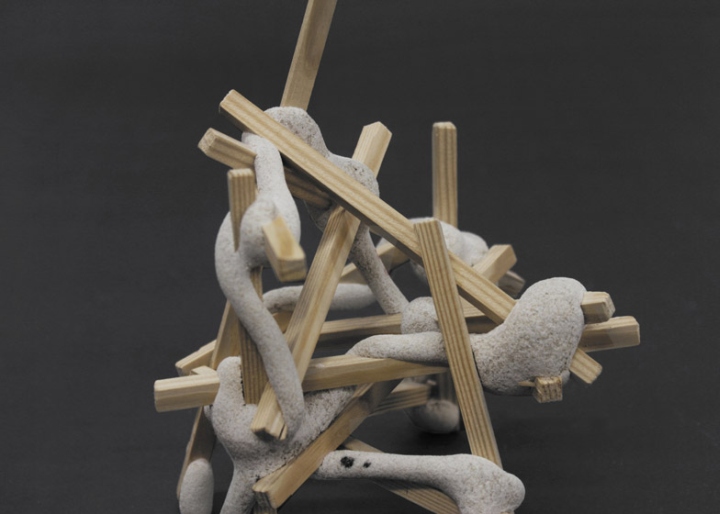
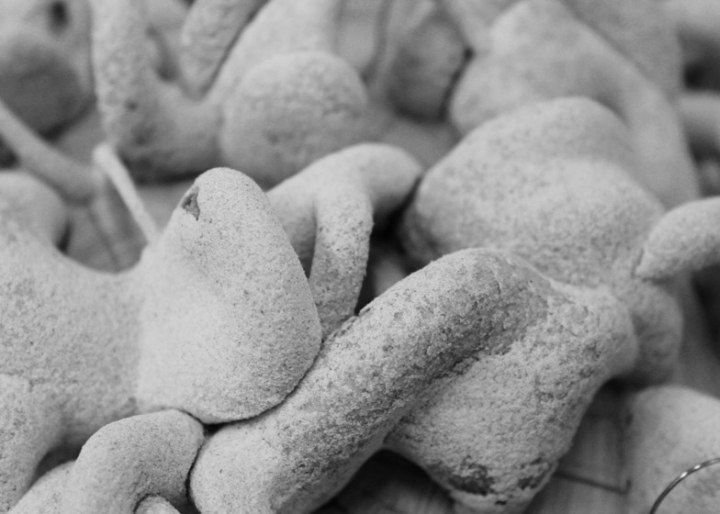
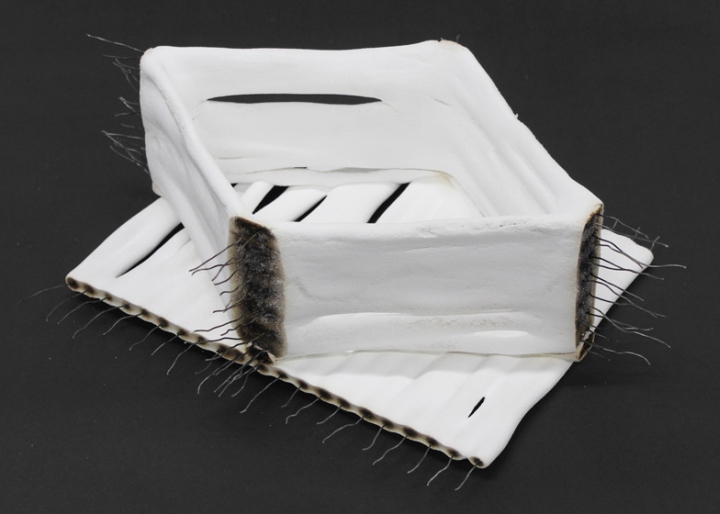
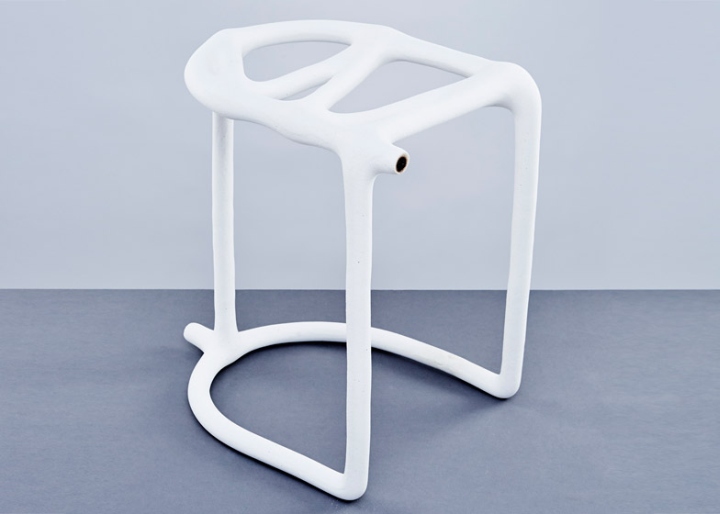
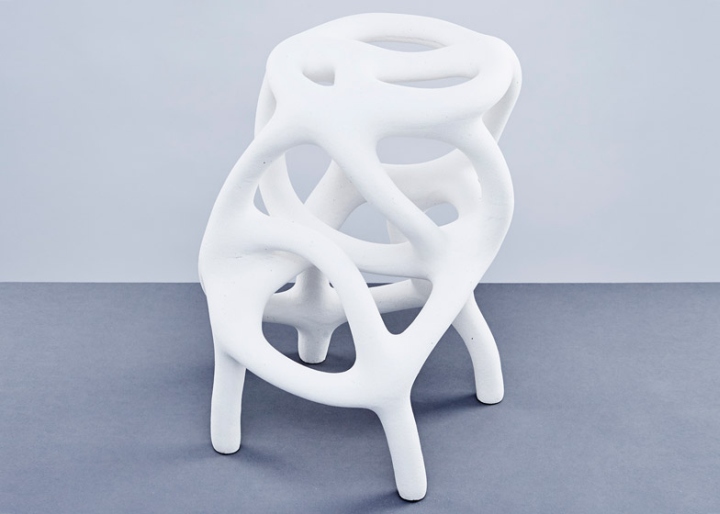
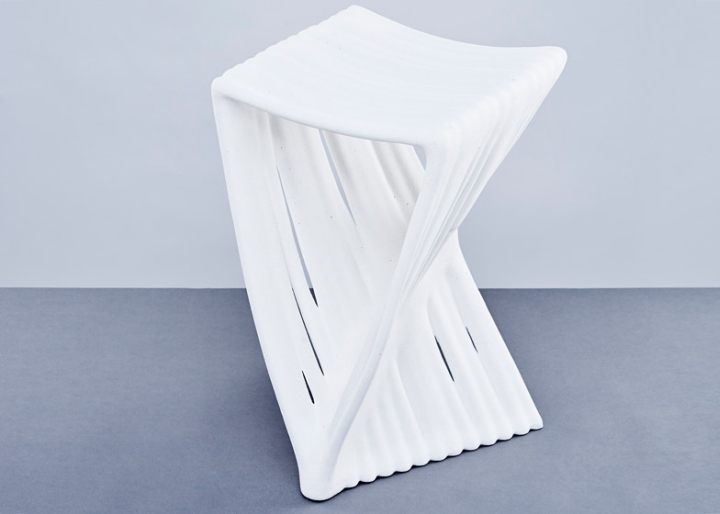
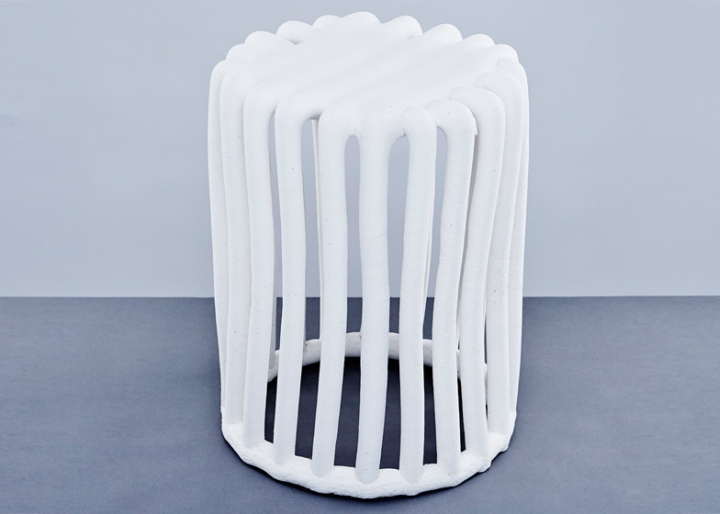
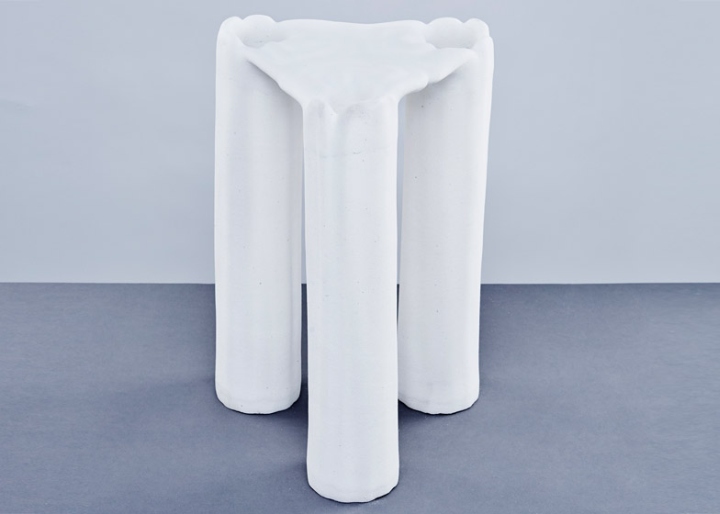
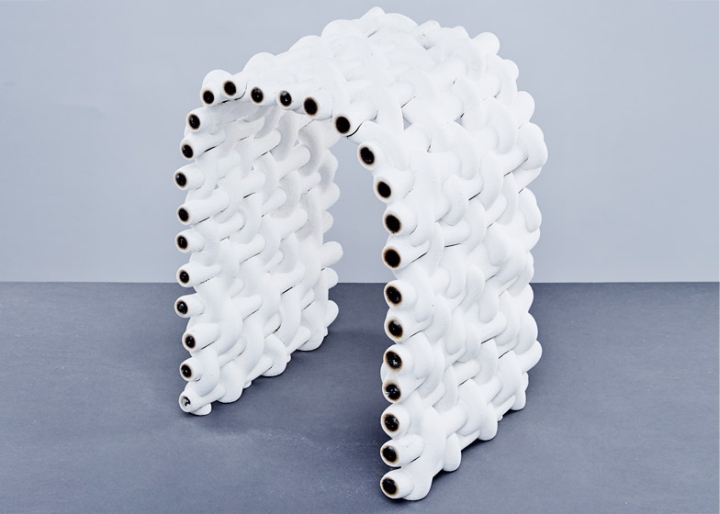
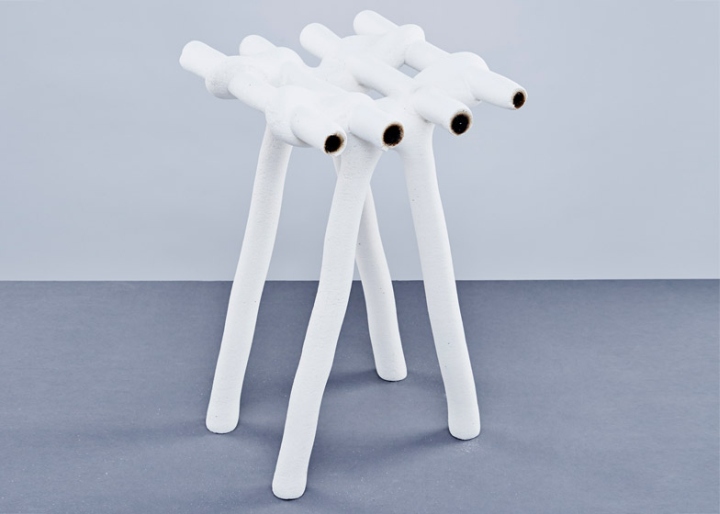
via Dezeen
















